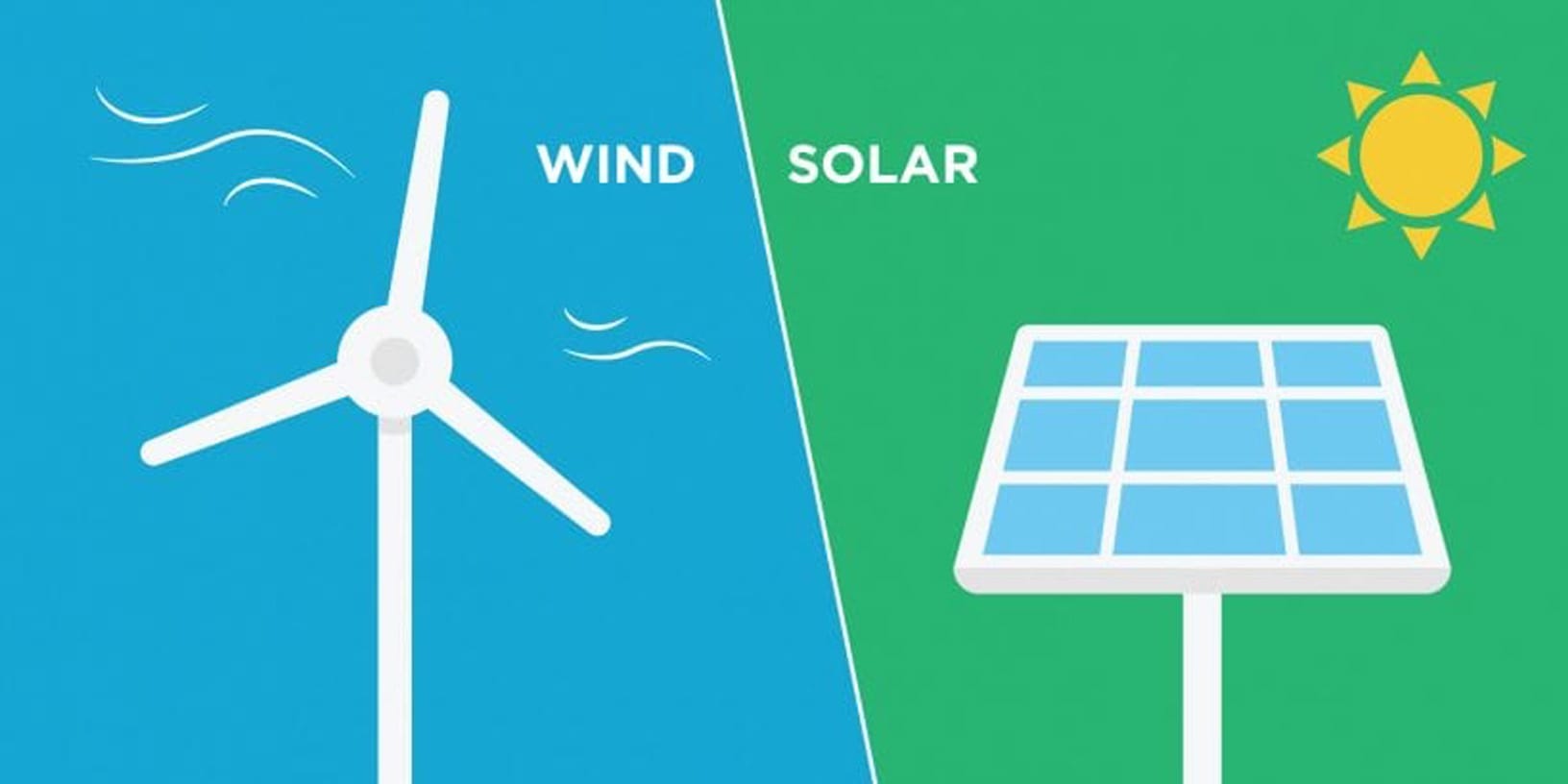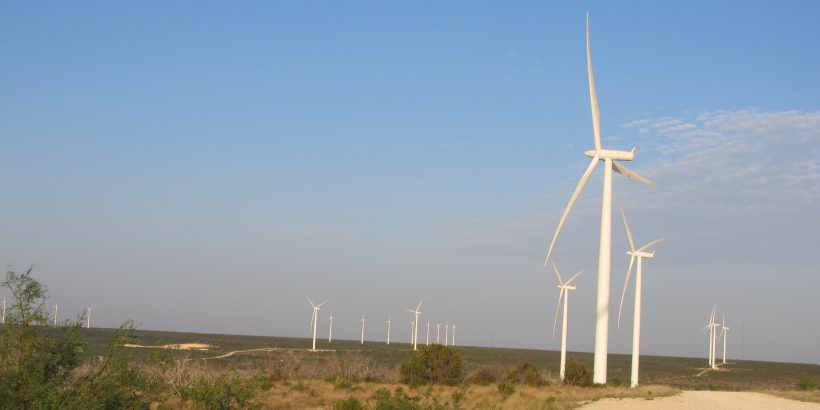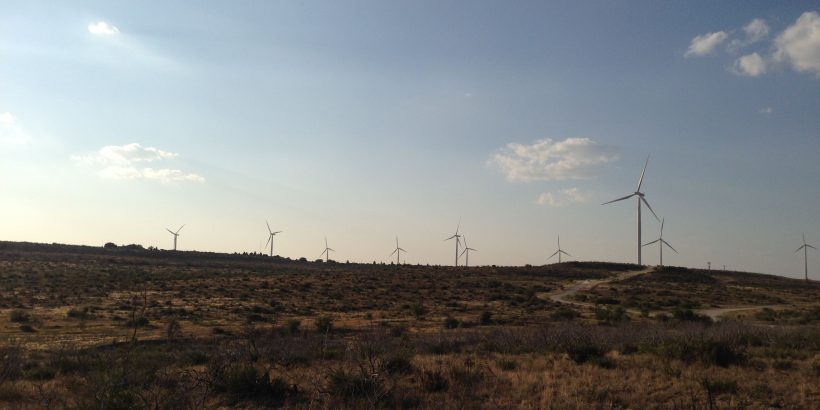Green Mountain Energy® Blog
Caring for Your Lawn in the Summer
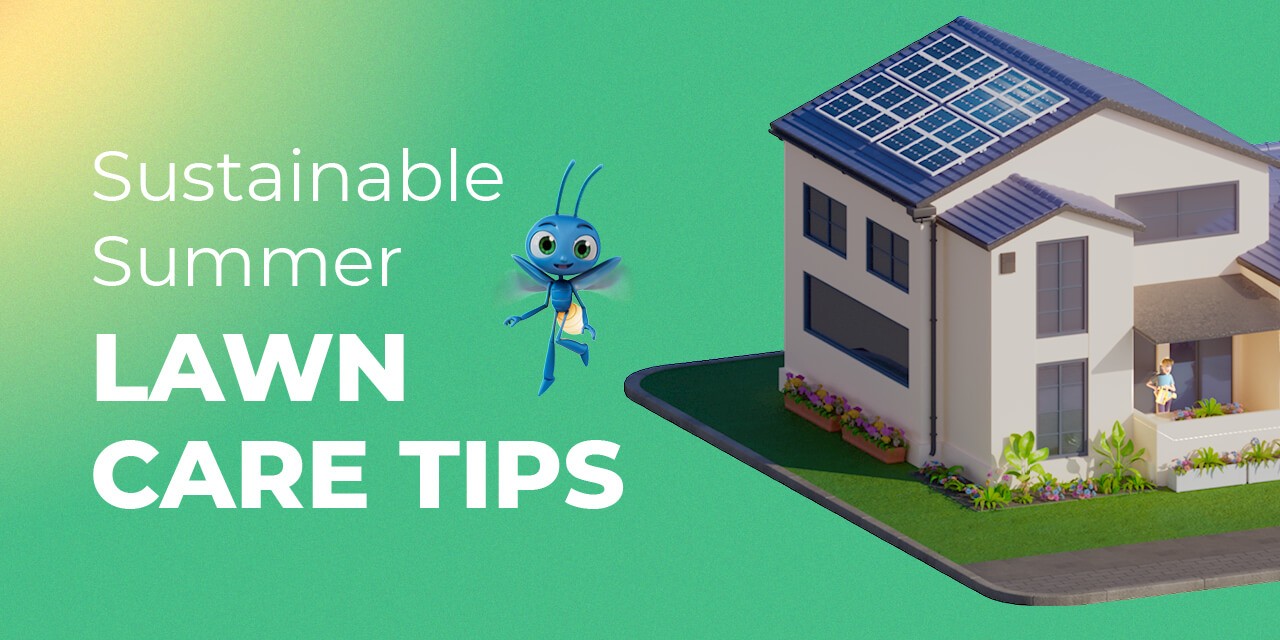
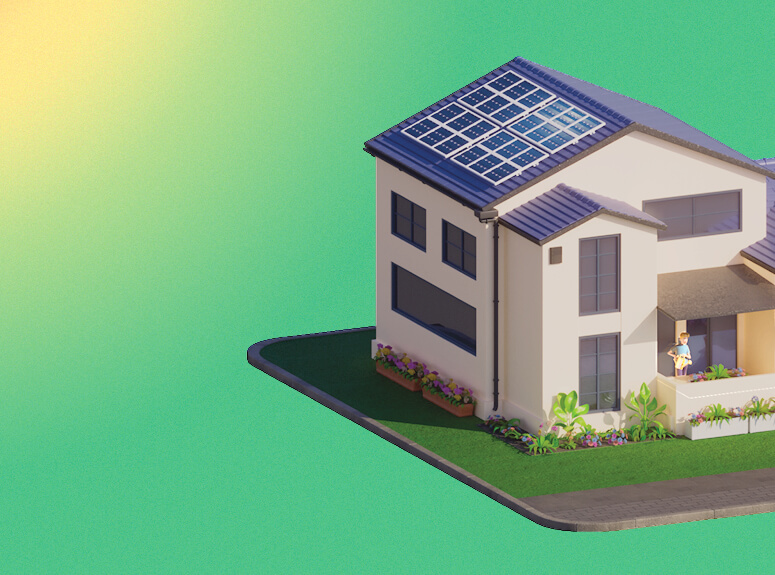

Sustainable Summer Lawn Care Tips
Eco-friendly lawn care is possible even during hot weather. If you value efficient water use and eco-friendly practices around your home, read on for some summer lawn-maintenance tips.
Caring for Your Home's Landscaping During Summer
Summer can be tough on lawns. Rising temperatures, periodic dry spells and increased pests are all part of the season, leading to brown patches and compacted soil. There's often the need for extra irrigation, too.
But a few simple techniques can help your lawn thrive during summer. Choosing the right grass varieties, implementing smart irrigation strategies and taking some easy approaches to mowing can produce a greener, heathier lawn. These eco-friendly, down-to-earth (pardon the pun) tips can help you get started on your summer lawn-care program.

Water-Smart Irrigation
Keeping your lawn hydrated during the hot summer months doesn’t have to mean wasting water. With smart irrigation techniques, you can maintain a lush, green yard while you conserve water. Here are some effective strategies to help you water wisely, minimize waste and keep your water bill in check.
Making Water Go Further
Use drip irrigation – Unlike traditional sprinklers that spray water over a wide area, drip irrigation delivers water directly to the roots. This reduces evaporation and runoff, ensuring efficient moisture absorption.
Install rain sensors and smart irrigation systems – These tools automatically adjust watering schedules based on rainfall and soil moisture levels, preventing overwatering and saving resources. Installing a timer for your sprinkler system can also improve efficiency with watering the yard.
Water early or late – Watering during the early morning or evening prevents excessive evaporation, allowing moisture to penetrate deeply into the soil while reducing the risk of fungal growth.
Harvest rainwater – Collecting rainwater in barrels provides a free, eco-friendly water source for irrigation. This reduces dependence on municipal water and helps lower your overall water usage.

Mowing for a Healthier Lawn
Proper mowing is one of the easiest ways to maintain a healthy, resilient lawn while reducing water use and minimizing environmental impact. Sustainable mowing practices can promote stronger roots, improve soil health and create a lovely green yard with less effort.
Best Practices for Sustainable Mowing
Mow high – Set your mower blade to 3-to-4 inches. Taller grass shades the soil, reduces evaporation and helps prevent weeds. Keeping grass longer also encourages deeper root growth, making your lawn more drought-resistant.
Sharpen blades – Dull mower blades tend to tear grass rather than cut it, leaving a lawn vulnerable to climate-based stresses. Regularly sharpening your mower blades helps ensure clean cuts and healthier growth. If you sharpen the blade yourself, prioritize safety. Use glasses and gloves, and check to make sure the mower is fully powered down.
Leave grass clippings – Instead of bagging clippings, let them break down naturally. This practice, called "grasscycling," helps return essential nutrients like nitrogen to the soil. This in turn reduces the need for fertilizers.
Mow less frequently – Over-mowing weakens the lawn and increases water demand. Aim to cut no more than one-third of the grass height at a time, which helps avoid shocking the grass and slowing growth.

Eco-Friendly Grass and Soil Care
Maintaining a healthy lawn doesn’t have to mean relying on chemical fertilizers and pesticides. Eco-friendly techniques can build soil health, leading to a resilient yard that thrives with less water and fewer chemicals.
Maintaining Your Yard Sustainably
Composting – Adding compost to your lawn and garden enriches the soil with nutrients, improves moisture retention and supports beneficial microbes that promote plant health. Composting can be surprisingly accessible for beginners!
Mulching – A layer of organic mulch (like wood chips, straw, or leaves) helps keep soil cool, suppresses weeds and reduces evaporation, cutting down on the need for frequent watering.
Grasscycling mulch – Instead of bagging lawn clippings, leave them on the lawn or spread them in garden beds to add another layer that serves as a natural mulch.
Lawn aeration – Periodically aerating your lawn loosens compacted soil, allowing water, oxygen and nutrients to reach the roots more effectively. This promotes deeper root growth and minimizes reliance on chemical fertilizers.

Working With Native and Drought-Resistant Plants
Switching to native and drought-resistant plants can be a smart way to create a low-maintenance landscape that’s also beautiful. Plants that are naturally adapted to their environment tend to require less irrigation and fertilizer. They also attract pollinators like bees and butterflies, enhancing biodiversity in your yard.
Regional Plant Recommendations
Choosing the right plants for your region ensures that they thrive in local climate conditions with minimal upkeep. Here are some great options:
Southwest (Arizona, Texas, New Mexico, Nevada, Southern California) – Drought-hardy species like desert marigold, red yucca and Texas sage add color and resilience to arid landscapes.
Midwest (Illinois, Ohio, Minnesota, Missouri, Kansas) – Prairie natives such as purple coneflower, little bluestem and butterfly milkweed provide habitat for pollinators and endure hot summers.
Northeast (New York, Pennsylvania, Massachusetts, Maine, Vermont) – Hardy perennials like Eastern red columbine, New England aster and wild bergamot thrive in varying seasons and support local wildlife.
For the best native plant selections in your area, check out resources like the National Wildlife Federation’s Native Plant Finder or contact your local agricultural extension office.
Make Your Patch of the Planet Healthier for Everyone
Water-efficient lawn care helps save water, reduce costs and create a healthier environment. Think of your upcoming summer lawn care in terms of small, simple changes that can add up to a bigger impact over time.
As always, a great way to be eco-friendly and sustainable is to power your home with clean electricity. Green Mountain Energy has plenty of options. Explore our electricity plans today!
